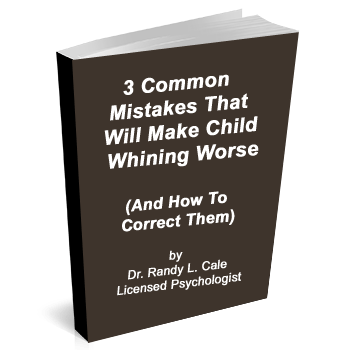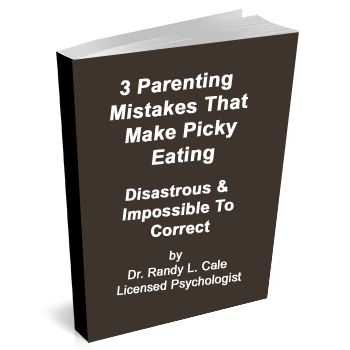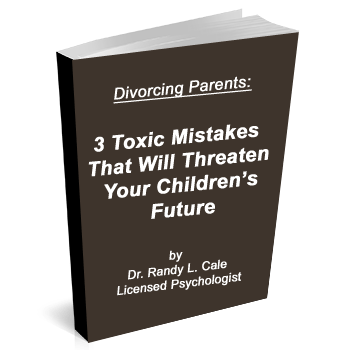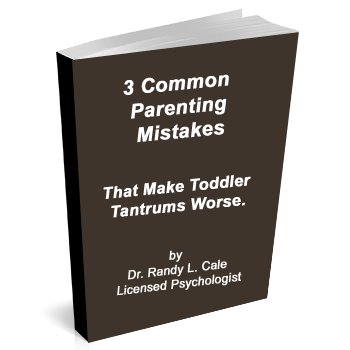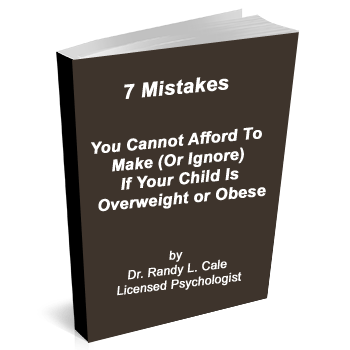In last week’s article, I discussed the problem of rapidly evolving technology, and the fact that change is happening much faster than most of us can keep up with. (You can read that here.) Our parenting strategies lag behind the advancing technologies and applications to such a degree that often we are caught ‘with our pants down.’
One parent responded to last week’s article with this question: “I understand all this change, and that I am always behind the technology. I can’t keep up. I have good kids…and I want to do the right thing. So Dr. Cale, shouldn’t I trust my child with their phone? I have talked to them about threats and they understand. Unless there is a problem, I want to trust them first. I am not ready for a game plan based upon distrust.”
Now, this is a good question, and worthy of a response. In my coaching and counseling work with parents, the negative influence of children’s untethered access to electronics has become the dominant issue confronted by parents. The situations that arise from these families are great pointers to why we need to be ahead of the temptations and the influences. Here are some samples:
- “My daughter is just rude when she comes down to dinner after an hour on social media. Then she screams if she doesn’t get more time online. Help me.”
- “I caught my 15-year-old daughter posting a photo of herself half-naked in the shower. She has no idea of the consequences of that. The reason doesn’t seem to reach her. I am lost.”
- “We trusted both our kids to find balance in their life with their phones. Yet, at 14 & 15, both now seem unable to function without constant access to their phones…and become unbearable if we take them away.”
- “No matter what we say, our son is obsessed with role models that we don’t approve of. Whether it’s a rap song that propagates hatred, a celebrity boasting about their favorite drug of choice or the following Twitter feeds from the most negative influences, he doesn’t listen. ”
Rethinking Trust…
Most of us can remember begging our parents to trust us. Whether it was with the car, or to go with friends to a party, we asked our parents to trust us. This is the battle cry of the adolescent and must be understood as a necessary and important phase of life.
However, the mistake is to believe that a good parent will simply trust a child or adolescent to make good choices when exposed to negative material too young in life. When most of you were adolescents, the opportunity for exposure to such information was limited. You were either at school, home, or sports. Your time with friends was typically influenced by parental limits, saying yes to most…and no to others.
Here’s my point: Healthy parents have always understood the role of outside influences, and simply did not trust their children to withstand the powers of negative material and poor role models. They set limits on who, what, and how long. They understood that their children needed to be protected from repeated exposure.
Trust Kids To Be Kids. Trust Others To Do What Others Do.
I am often reminding my clients that I trust everyone. Yes, it’s true. I trust everyone…to be exactly who they are. Teens will be teens. Thieves will be thieves. Gossipers will be gossipers…and so on. In other words, I don’t develop false expectations. Such false expectations lead to getting upset when my expectations are violated.
For purposes of this article, we want to trust that kids will be kids. This does not mean they will all be the same. But they do have the same fundamental vulnerabilities.
Your Children’s Destiny Will Be Shaped By Their Peers and Their Role Models.
We can’t escape this. Thus, how could we simply toss a coin and leave this to chance? If we trust that they are stronger than the ongoing influence of peers and role models, then we have our heads in the sand. We must get into reality, and recognize that we still play a role in this.
So how do you do it? You monitor and set limits on peer influences and role models they follow. Can you do this 100 percent? No, but that’s not the goal. The goal is to limit repeated exposure to those negative peers, damaging conversations, and unhealthy role models. In next week’s article, I will describe one way of doing this. Until then, join me on Twitter and Facebook.








